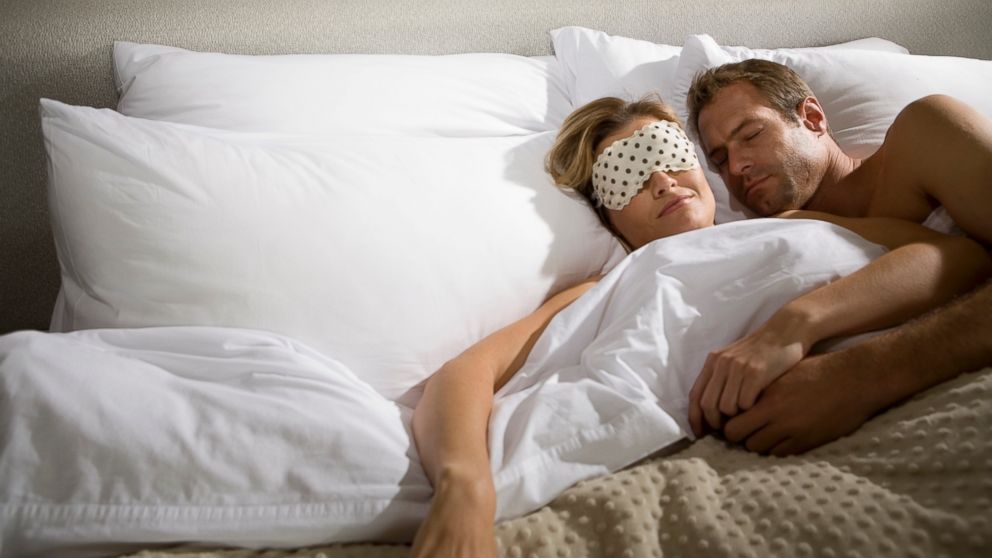How to Turn Your Bedroom Into a Sleep Haven
Simple steps to make your room calming and comfortable.

Oct. 13, 2013— -- intro: It's the cardinal rule of sleep hygiene: Your bedroom should be a calming, comfortable haven—designated for sleep and sex only. The more clutter and distractions you're up against at night, the harder it will be to transition into sleep.
quicklist: 1category: How to Turn Your Bedroom Into a Sleep Haventitle: Make your room darkurl: text: Dim the lights while you get ready for bed, or turn off bright overhead lamps and switch to a soft, bedside lamp. Your body is programmed to sleep when it's dark, so you can encourage that rhythm by easing into nighttime. (Video: Watch why your body needs darkness at night.)
Light inhibits the secretion of melatonin, a hormone that naturally promotes sleep. "Even if you doze off, light can be detected through your eyelids—and your brain won't produce melatonin if it's confused between night and day," says Joyce Walsleben, PhD, associate professor at the New York University School of Medicine. "You want as much darkness in your bedroom as you can handle without tripping over things."
7 Tips for the Best Sleep Ever
quicklist: 2category: How to Turn Your Bedroom Into a Sleep Haventitle: Keep your room darkurl: text: Hide digital clocks and glowing electronics from view. Put a night-light in your hallway or bathroom in case nature calls at 2 a.m.; that's better than turning on a ceiling light, which would disrupt melatonin levels. And if street lamps or moonlight shines in from outside, consider installing heavy window shades or wearing a dark sleep mask.
Best and Worst Foods for Sleep
quicklist: 3category: How to Turn Your Bedroom Into a Sleep Haventitle: Keep your room coolurl: text: Your body temperature naturally drops as you drift into sleep, so cooling down your bedroom can jump start the process and make it easier to doze off. Most experts advise setting your thermostat 5° to 10° lower than your average daytime temperature.
"It's different for every person, but your bedroom should probably be under 70°," says Walsleben. Menopausal women experiencing hot flashes—or those who like to bundle up in blankets—may want to aim even lower.
12 Surprising Sources of Caffeine
quicklist: 4category: How to Turn Your Bedroom Into a Sleep Haventitle: Keep your room quieturl: text: If your bedroom is victim to unwelcome sounds of ambulances, catfights, or whipping winds, a thick rug and heavy blinds might help buffer the noise. If not, try a white noise machine or soothing CDs that can drown out disruptions, or even earplugs to muffle the sound completely. If you do fall asleep to music, use a player with a "sleep" function that can shut down automatically after 30 or 60 minutes, recommends Dr. William C. Dement, professor of psychiatry at Stanford University and author of The Promise of Sleep. As your body transitions through different stages of sleep, unexpected noise may wake you during shallower cycles.
Surprising Health Benefits of Sleep
quicklist: 5category: How to Turn Your Bedroom Into a Sleep Haventitle: Keep your room calmurl: text: After you've achieved these conditions, get rid of anything stimulating that distracts from the room's main purposes: sleep and sex. That means no treadmill, no television or computer, and no reminders of anything stressful. Adding personal mementos, calming color schemes, and soothing sights and sounds will also make your bedroom a more inviting place to rest and relax.
This article originally appeared on Health.com.




